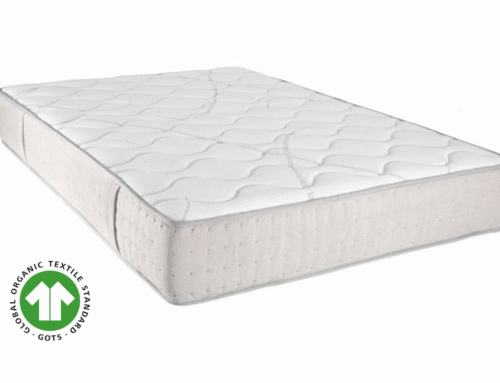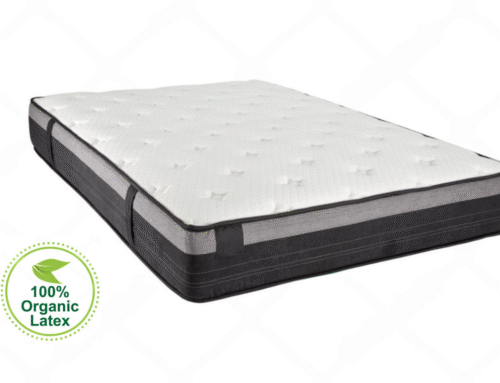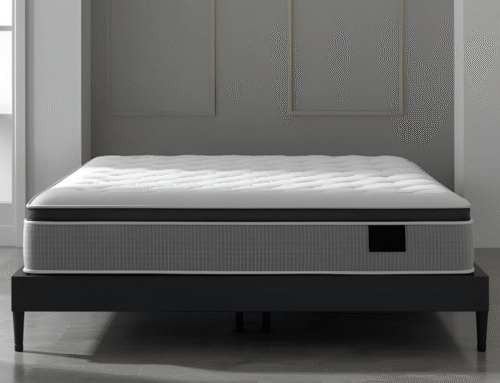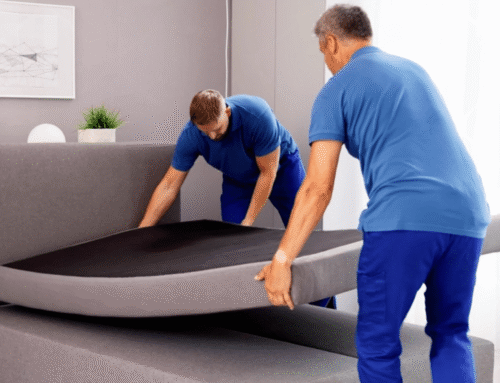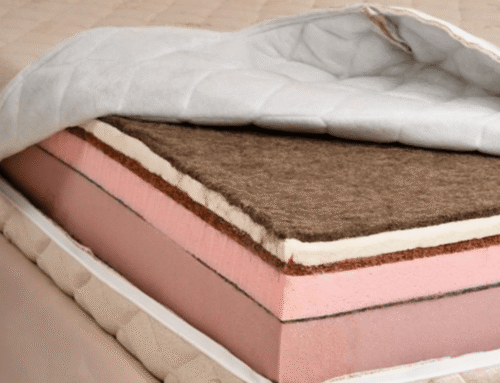Latex mattresses are known for lasting a long time and giving strong support, but many people find them too firm in the beginning. The first nights may feel uncomfortable, sometimes even leading to sore backs or restless sleep. Some small adjustments can be the difference in comfort, including understanding a latex mattress, its materials, its feel, the differences between foam and latex and between latex and memory foam, and the benefits of buying it.
A common fix is adding a topper. A softer latex or memory foam layer can bring extra cushioning while keeping the strong base underneath. With time, the mattress also tends to loosen up on its own, which helps the surface feel less rigid. These small changes often give the balance of comfort and support that people want.
There are several practical ways to soften a latex mattress without losing its durability. From using a topper to making small everyday adjustments, these methods can ease the firmness. With the right steps, a hard mattress can feel more inviting and provide better rest.
Key Takeaways
- Latex mattresses can feel firm at first. This is normal. They get softer over time with regular use.
- Adding a plush latex or memory foam topper can reduce pressure on your hips and shoulders.
- A soft mattress pad or quilted protector adds comfort. It keeps the bounce and durability of the latex intact.
- Try rotating, flipping, or adjusting layers if your mattress has a zipper. Small changes like this can affect how firm it feels.
- If it still feels stiff, look at your bed base. A slatted or adjustable frame can improve comfort quickly.
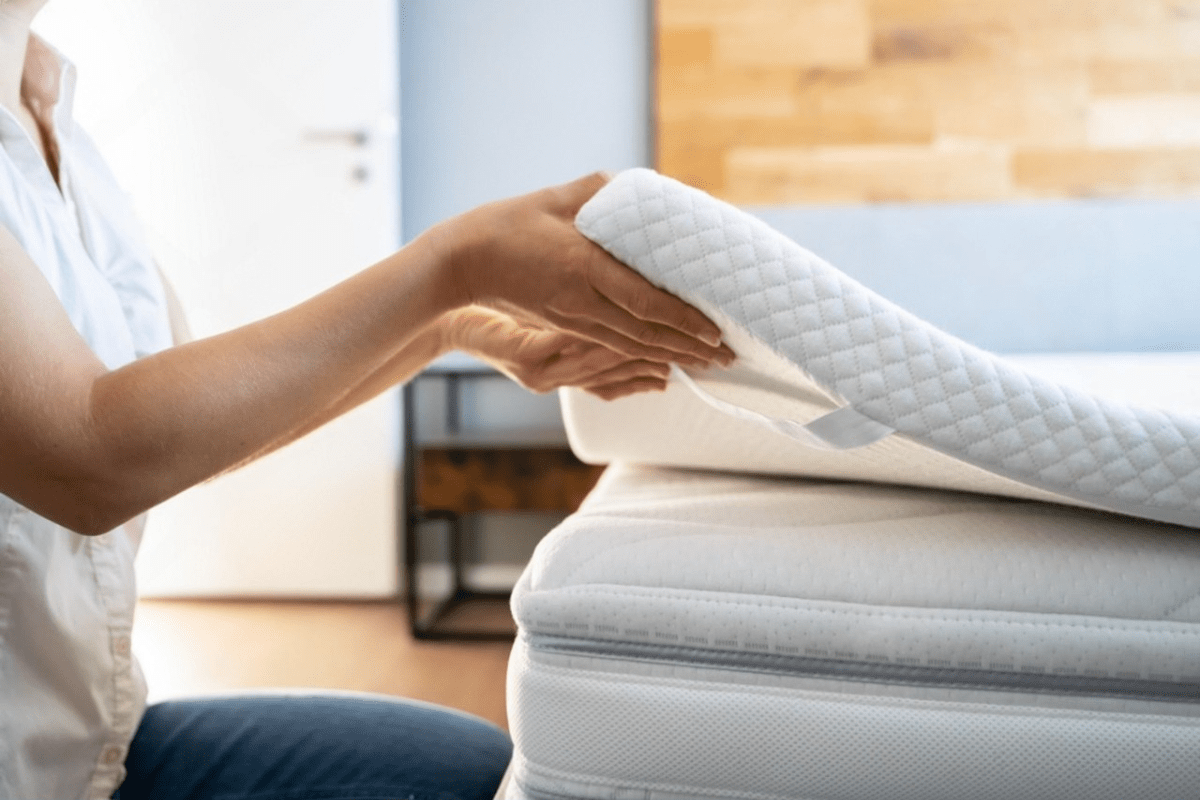
Why Do Latex Mattresses Feel Too Firm?
Latex mattresses are known for being firm and durable, often feeling firmer than memory foam or innerspring beds. While that firmness helps keep the spine aligned, it may not feel comfortable for everyone. Side sleepers and lighter individuals often prefer something softer to ease pressure points.
A common reason latex feels too stiff is that it needs time to break in. Fresh latex can feel heavy and springy at first, but it softens with regular use. Within a few weeks, it usually starts molding to the body and becomes more comfortable. The base or setup also affects firmness. A solid platform or no topper can make the surface feel harder than it should. Adding a soft topper or adjusting the base can balance comfort and support, while thickness and weight of the mattress itself also play a role in how soft or firm it feels.
Add A Plush Latex Mattress Topper
A latex topper is an easy way to make a bed feel softer without buying a new mattress. Most people find that a 2 to 3-inch Talalay latex topper works best since it stays soft yet holds its shape. It gives a balance of comfort and durability that many look for in bedding. Adding this topper helps reduce pressure on the shoulders and hips, which is useful for side sleepers. Unlike foams that sink too much, latex keeps its bounce while still feeling gentle. It gives comfort without losing the support needed for healthy rest.
Another benefit is its flexibility. A latex topper can be replaced, rotated, or adjusted as sleeping needs change. For anyone wanting to refresh an old mattress or fine-tune firmness, this option gives a simple fix without buying a whole new bed.
Break In The Mattress Naturally
A latex mattress often feels firm when it is brand new. With regular use, the material starts to soften and adjust. Most people notice this change within the first month or two of sleeping on it. Over time, the difference becomes clear in everyday rest.
The process is similar to wearing new shoes. At first, it feels stiff, but after time, the foam adapts to the body’s shape. This helps ease pressure points and creates a more balanced level of comfort. The shift is gradual but usually worth the wait. It takes some patience for the mattress to reach its best feel. Sleeping across different areas helps the latex adjust evenly. With steady use, the bed becomes softer, supportive, and better suited to personal comfort. In the end, it settles into a fit that feels natural.
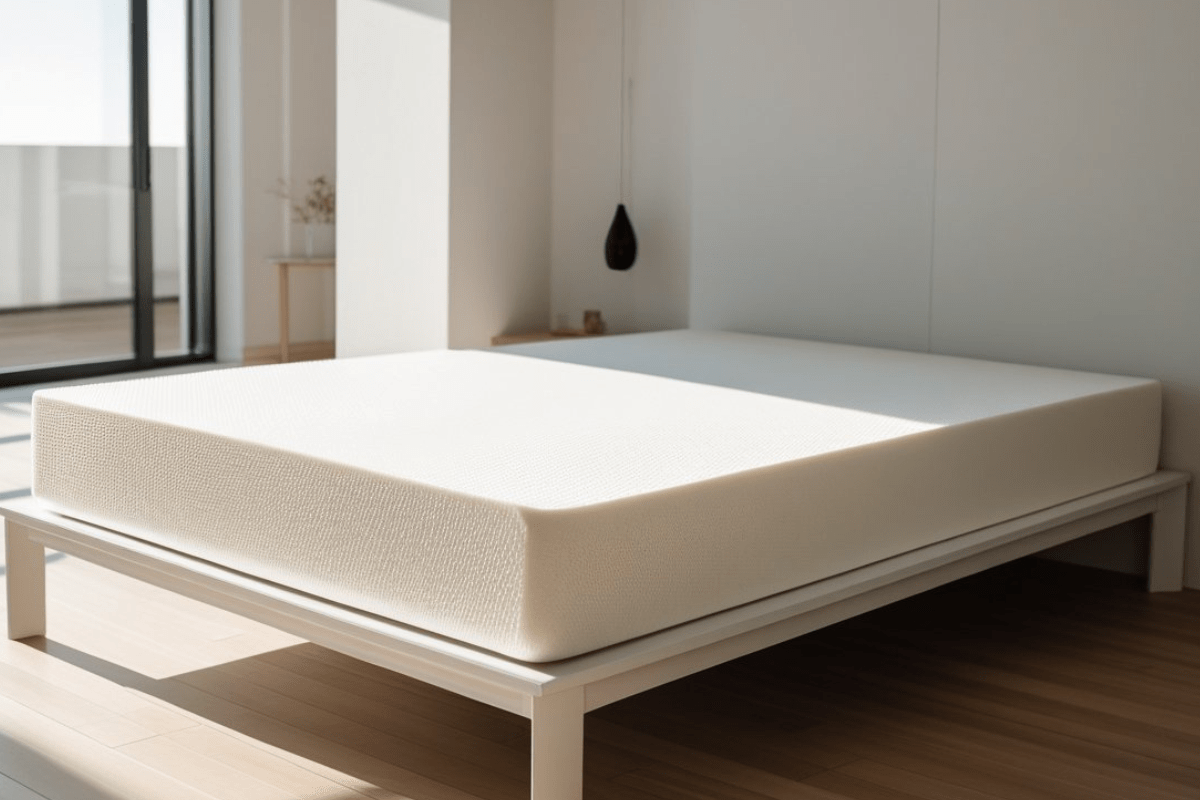
Use A Soft Mattress Protector Or Pad
A quilted cotton or wool mattress pad can give a bed a softer feel without making it bulky. The thin padding adds warmth and comfort while still letting the mattress do its job. Many people like how it strikes the right mix of support and softness.
Some protectors come with extra fill, making them softer to the touch. They are a good choice for anyone who wants a little more cushioning but doesn’t want to change the mattress firmness too much. The added padding can make the surface feel more inviting to sleep on. Thin waterproof covers without padding often make a mattress feel stiff. While they protect well against spills, they tend to take away comfort. A quilted pad or padded protector works as a better middle ground for both comfort and protection.
Layer With A Memory Foam Topper
Some people find latex beds too bouncy, and that’s where a memory foam topper helps. It shapes to the body and eases pressure on the shoulders and hips. The softer surface makes sleep feel calmer and more supported. Adding memory foam to latex brings a nice balance. The latex keeps the bed firm and responsive, while the foam softens the feel. This mix works for those who want both stability and comfort.
A dense topper, about three to four pounds per cubic foot, is often the most reliable. It holds up longer and doesn’t sag as quickly as lighter ones. Choosing this kind can stretch the life of a mattress while keeping sleep comfortable.
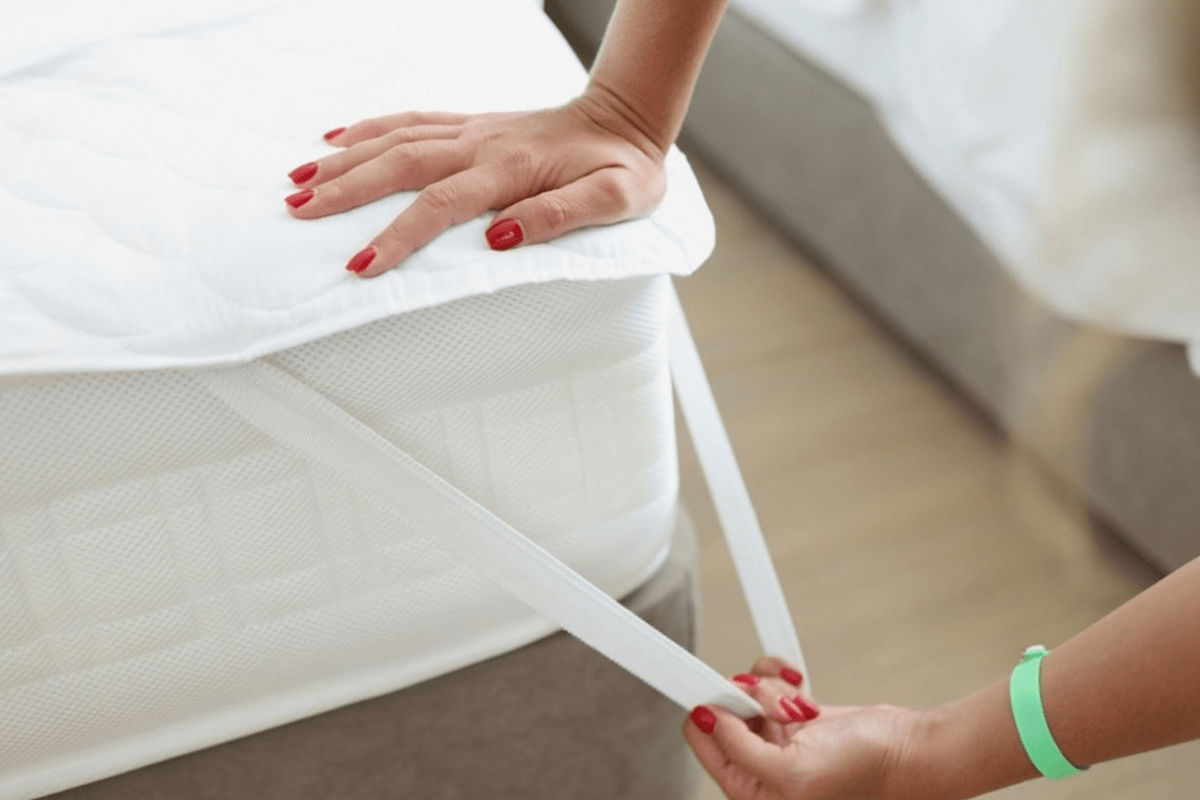
Swap Your Bed Frame Or Foundation
The way a mattress feels depends a lot on the foundation beneath it. A flat, solid platform with no flexibility can make a latex mattress feel harder than expected. Switching to a slatted base with some movement or an adjustable frame often creates a more balanced feel.
The distance between slats also matters. If they are too far apart, the mattress may sink into the gaps, causing uneven support and faster wear. Keeping the slats close together, no more than three inches apart, helps the mattress stay firm and responsive. Small changes in the base can make a big difference in comfort. If a bed feels too stiff or doesn’t support well, replacing the foundation can help without buying a new mattress. A strong, well-built base not only makes the bed more comfortable but also helps the mattress last longer.
Adjust The Layers (If It’s A Layered Latex Mattress)
Some latex mattresses include zippered covers, which let users move the layers inside. This gives more control over how the bed feels since the layers can be switched around. For example, placing a softer layer on top makes the surface feel much plusher right away. The firmer layers can also be flipped to adjust support. People who want more pressure relief often notice a difference when the layers are shifted to ease tension in the shoulders or hips. On the other hand, those who like a sturdier surface usually keep the dense layer closer to the top.
Another useful detail is that some brands sell single replacement layers. This means buyers don’t need to replace the whole mattress if their comfort needs change. They can simply swap in a new layer, which helps extend the life of the mattress while keeping it comfortable.
Flip Or Rotate The Mattress
A two-sided latex mattress lasts longer when both sides are used. Flipping it spreads out the weight and helps the surface stay firm. Rotating it 180 degrees also refreshes spots that carry more pressure. This way, the mattress feels balanced no matter which side is up. For a one-sided mattress, flipping is not an option, but rotation still helps. Moving it from head to toe every few months prevents certain areas from wearing down faster. This simple step keeps the bed comfortable for a longer time. It also avoids deep impressions where the body rests most often.
Over time, these habits help. Flipping or turning keeps the mattress even and prevents soft spots from forming. A small effort helps maintain steady support and better sleep. It also saves money by delaying the need for a new mattress.

When To Replace The Mattress
A mattress only lasts so long before it starts to lose support. Most wear out after about eight to ten years, even if they once felt comfortable. When sagging or lumps appear, they usually lead to back pain or restless nights. That’s usually the first sign it’s time to think about a new one.
Some people notice problems earlier, like waking up stiff or shifting around to find a better spot. These are signs the bed no longer supports the body the right way. Poor alignment over time can affect both sleep quality and energy during the day. Even small changes in firmness can make a big difference. When that happens, replacing the mattress is usually the best choice.
Options like latex or models with zoned support can ease pressure without giving up firmness. A new, supportive bed often brings back comfort and prevents the aches caused by an old one. Investing in the right replacement helps maintain long-term rest.
Final Thoughts
Finding the right comfort on a latex bed doesn’t always mean buying a whole new mattress. Small adjustments, like adding a topper, letting the layers break in, or fixing the bed frame, can already help. These changes may provide a warmer sleeping surface without spending too much, and proper care for the mattress includes storing, moving, cleaning, cutting, and eliminating any latex smell.
Latex works well for different sleep needs because it can be both soft and supportive. Side sleepers often feel less pressure with an added layer, and anyone who likes a plush feel can try toppers or pads. Over time, the mattress naturally adapts, so the comfort slowly matches personal preferences. The best approach is to start small. A topper or pad is usually enough to test changes before making big decisions.
Comfort doesn’t have to come all at once, and gradual tweaks can make the bed better for sleep without adding extra discomfort.

